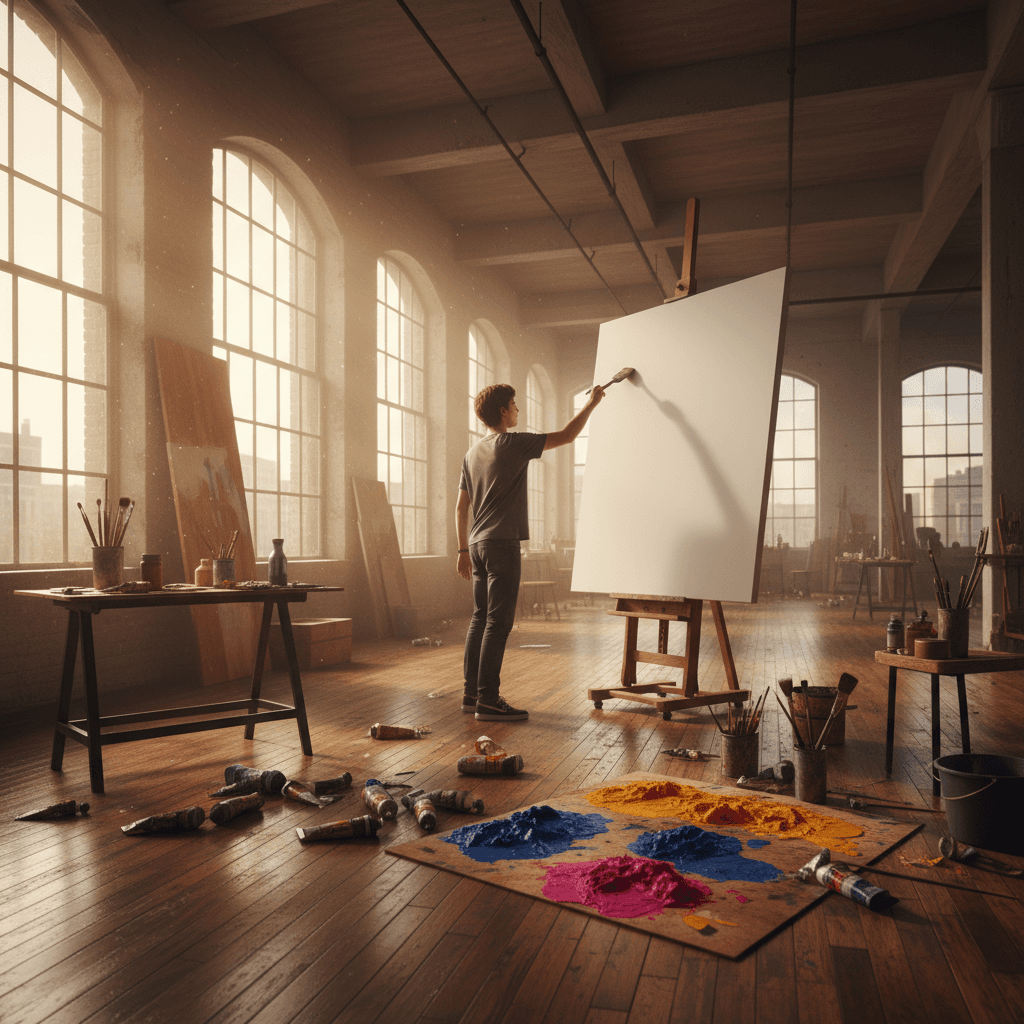Create Boldly: Trust the Canvas Over Fear

Create boldly: the canvas will forgive more than your fear expects. — Virginia Woolf
Fear Misjudges the Medium
At the outset, the line reframes creation as an act of trust: fear imagines the surface as ruthless, but the medium—and the process—tends to be elastic. Paint can be scraped, text revised, scenes re-blocked; even an audience often extends more grace than our inner critic. By calling the canvas “forgiving,” the quote highlights a practical truth: materials welcome iteration. Thus the first task is not to guarantee perfection, but to begin, confident that missteps can be absorbed, corrected, or transformed.
Woolf’s Experiments as Permission
Building on this, Virginia Woolf’s own practice models boldness under uncertainty. In Mrs Dalloway (1925) and To the Lighthouse (1927), she abandoned strict plots for fluid interiority and daring time shifts; readers followed. Her essay A Room of One’s Own (1929) argues that conditions for courage—space and resources—enable formal risk. Moreover, in the lecture Professions for Women (1931), she urges writers to “kill the Angel in the House,” naming the fearful, pleasing voice that stifles originality. Woolf’s drafts, letters, and the autonomy of the Hogarth Press (founded 1917) show a creator who trusted revision and publication as experiments rather than verdicts.
The Canvas Literally Forgives
Consider the canvas itself. Art history records pentimenti—traces of earlier decisions—visible under x-ray in works by Rembrandt and Picasso. For example, Picasso’s The Blue Room (1901) conceals a hidden portrait beneath the final surface, evidence that overpainting isn’t failure but evolution. James McNeill Whistler famously reworked and even destroyed canvases as part of his method, and modern teachers like Bob Ross reassured viewers that there are “no mistakes, only happy accidents” (The Joy of Painting, 1983–1994). These precedents remind us that surfaces are palimpsests; they expect change.
Psychology of Bold Production
Moreover, psychology explains why fear overestimates the cost of errors. Teresa Amabile’s experiments (1983) showed that evaluation pressure narrows creativity, while intrinsic focus widens it. Carol Dweck’s research on growth mindset (2006) further demonstrates that seeing setbacks as information boosts persistence. A beloved anecdote from Jerry Uelsmann’s photography class, retold in Bayles and Orland’s Art & Fear (1993), found that students graded on quantity produced more high-quality work than those chasing a single perfect piece. Quantity created the conditions for quality—a direct echo of “create boldly.”
Tools That Make Risk Reversible
In practice, processes can institutionalize forgiveness. Anne Lamott’s “shitty first drafts” in Bird by Bird (1994) legitimize messy beginnings; Julia Cameron’s morning pages in The Artist’s Way (1992) lower stakes by making output routine. Digital tools multiply the safety net: the undo button, non-destructive layers, and version control systems like Git allow fearless exploration. When you can branch, revert, and merge, courage becomes a workflow rather than a mood. Thus, building reversible steps turns bravery into structure.
Communities That Normalize Revision
Finally, boldness grows in communities that normalize revision. Writers’ workshops, code reviews, and studio crits distribute attention across the work rather than the person, softening the sting of imperfection. Even publishing reflects this ethos: new editions, errata, and director’s cuts show that culture tolerates—and often celebrates—iterative refinement. Once you accept that the world, like the canvas, can absorb more experimentation than your fear predicts, the obstacle shrinks to size. Begin, trusting that forgiveness is already built into the craft.